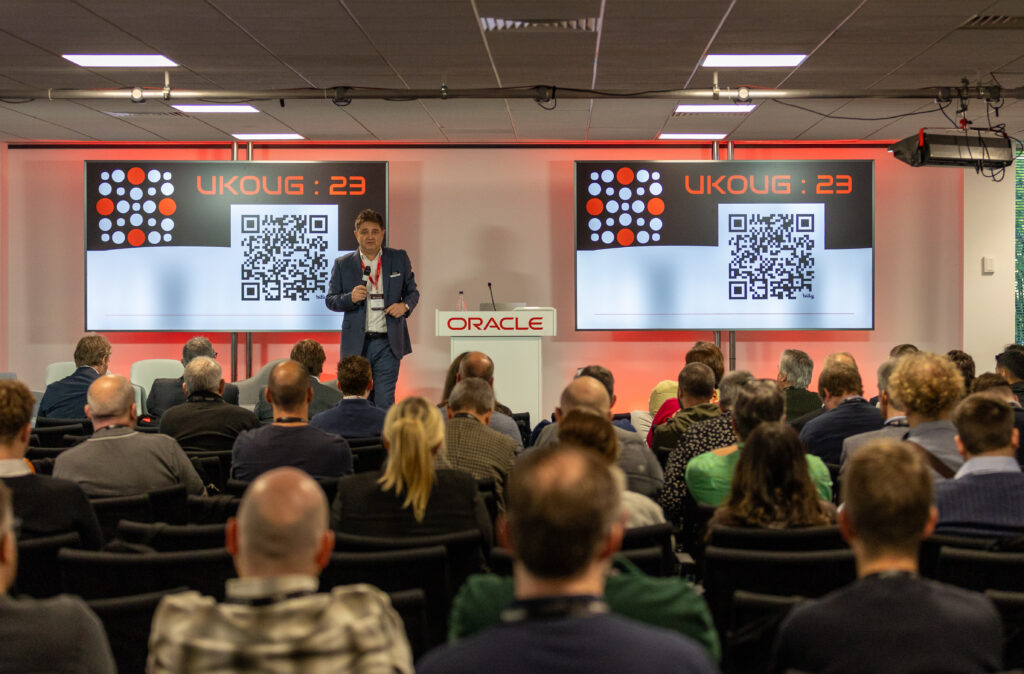Is the public sector failing to cross its ERP implementation red tape?
Public sector organizations haven’t always had an easy ride with their e-implementations. Judging by a string of government bodies making headlines with failed ERP implementations and projects running significantly late and over-budget, you could say this might be indicative of some larger issues brewing.
There is a string of examples alluding to this. The latest Birmingham City Council ERP implementation allegedly was a contributing factor to the council going bankrupt after costs skyrocketed from the initial £20m to £100m. The UK’s National Audit Office finding that ERP-shared services actually added expenses rather than reducing costs. Plus, some notably unsuccessful implementations by the University of Reading and Durham University.
So why are public sector organizations getting it wrong? It seems like one of the main differences between public and private sector organizations is the levels of change they are ready to welcome.
The change management drag
People there for a long time are used to their existing ways of working, so changing that mindset is really difficult sometimes. – Emma O’Brien, Embridge Consulting
Explaining how the dynamics of public sector work can end up impacting their ERP implementations, Emma O’Brien, founder and CEO of Embridge Consulting, explains that a key component to the success of such implementations is organizations’ willingness to embrace change and be collaborative when welcoming it. A key influence here? How long people have worked for the organization.
“I think with public sector organizations, you find that the attrition is perhaps slightly lower. People stay in their jobs for longer periods of time. That’s good on one hand, but in another respect, it means that you’ve got people that have been there for potentially a long time and are used to their existing ways of working, so changing that mindset is really difficult sometimes,” O’Brien says.
But it’s not just the unwillingness to change that can interfere with such implementation – the process requires a solid amount of responsibility and insider knowledge in order to make it a success. For this reason, many in this line of work mention the “we can’t do it to you, but only with you concept” since ERP implementations start with the company itself.
O’Brien also explains that sometimes, the contracts are drafted up in a way that sets an expectation that the supplier will do the entire job for the client, but in reality, it is not a sole responsibility. “In a complex environment, we need commitment from both parties and an understanding that actually, if both parties don’t play their role, it’s not gonna happen,” she says.
Echoing this, Duncan Worsell, who worked as chief superintendent at the Civil Nuclear Constabulary (CNC) and led the team through a successful implementation of Oracle Fusion with Namos Solutions and Quite Laterally, said that he would not advocate sole reliance on the contractors as the customer has to understand how their processes work and what the outcomes need to be.
“Ultimately, the implementation needs to be owned by the business and if this ownership is to be substantive, where the organization not only understands its policies but also the processes that implement those policies, then it needs to be engaged throughout,” he says, adding that “any system, ERP or otherwise has operators and some sense of the mechanics is essential”.
However, overlooking some of these fundamentals of a project doesn’t mean that it wouldn’t necessarily go live – with plenty of examples, perhaps even the Birmingham City Council one, where you can shoehorn and force a technology to go live. But would it achieve the maximum digital adoption from an end-user perspective?
According to O’Brien, definitely not: “There are so many examples of projects that we haven’t been involved in but have discussed with customers where they may have gone live, but you’d be very surprised and probably quite shocked at how many large-scale transformation programs that have eventually gone live are not achieving the return on investment they set out to achieve.”
What makes a win?
Our greatest constraint, but also one of our most significant aids: a very tight timeline, with a no-fail deadline. – Duncan Worsell, Civil Nuclear Constabulary
In a world of conflicting agendas and taxing organizational change, making a big implementation is no mean feat. However, in some cases, project constraints can surprise us and come as a handy advantage, according to Worsell.
“Our greatest constraint, but also one of our most significant aids, was a very tight timeline, with a no-fail deadline,” he recalls. “This ensured complete focus on the task, a recognition that decision-making could not be constrained and a requirement that the internal and external teams worked well with our contractors.”
However, such processes are not always smooth sailing. Recalling her initial experiences working with public sector companies funded by the public, O’Brien shares: “I was getting quite frustrated, being the UK taxpayer and thinking that there must be an easier way to support these organizations to get it right.”
So, in response to this, Embridge decided to invest heavily in developing a public sector industry model in an attempt to simplify things for organizations looking to transform their back-office operations – putting together some clear guidelines about what good project governance looks like, the things they need to have in place in terms of resources, as well as the skill sets the leadership team needs to apply.
Despite it all revolving around the technology aspect, O’Brien points out that the big emphasis of these guidelines is on business change: “You go through a technology transformation but it’s not actually anything to do with the technology. Usually, it’s to do with how your team can change their processes and adopt new ways of working and how you support them on that journey.” As well as, she adds, finding what good practice looks like from a process point of view.
Working on the CNC project collaboratively with Quite Laterally, Richard Clayton, chief operating officer at Namos shares that all programs, even the ones that end up being an ultimate success, come with their unique challenges. However, he emphasizes that some cornerstone elements that can make or break a project go back to the basics of trust, honesty, communication, partnership and the mantra that “we are in this together”. So, “When those inevitable challenges were faced, we met them with a determination not to dwell and a diligence to deliver the right outcomes,” Clayton explains.
In terms of the strategy that helped nurture a win for the CNC project, the team leaned on the collective will to ensure that the Oracle Fusion platform was configured aligning to best practices and not customized at the detriment of long-term “supportability” – a crucial element that organizations often experiencing delays seem to get wrong.
“This meant that only high-value non-typical use cases warranted tailored solutions. In the case of CNC, we focused this effort on front-line services to ensure duty management systems were seamlessly embedded as well as edge cases such as travel management,” Clayton says.
Their approach was also certain to secure a strong blend of internal and external resources, bringing product, project and BAU knowledge. Finally, they ensured that change management including process mapping, communication and training was overlaid to help throughout the project with the understanding and engagement of the end users.
Do public sector projects fail more?
I don’t think we should lose sight of the fact that the number of ‘noisy’ failed projects is far outweighed by the number of successful ‘quiet’ ones. – Richard Clayton, Namos Solutions
Having established that public sector implementations could undoubtedly be more challenging in some cases, this warrants the question of whether they tend to fail more than public sector projects.
According to O’Brien, it is more a case of heightened public attention. “With public spending, the minute a contract is signed, its value is public information. So people are monitoring it very, very closely, because it’s close to everyone’s heart, as we’re all taxpayers and want to make sure these organizations are using our funds the best they can.”
O’Brien is not wrong here, as it’s important to note that there are many big transformation programs in the public sector that have exceeded expectations, but don’t get the airtime. However, there are, as O’Brien acknowledges, pressing problems within the sector that add fuel to the fire behind some of these issues.
“I think there are probably a number of very common reasons,” says O’Brien. “The way they procure is an issue, the way that they implement their contracts creates an issue and the bureaucracy and the red tape they are renowned for – it all slows down decision-making progress. So I think there are a lot of underlying cultural issues and – the way the public sector was set up – that makes those projects much harder than the private sector.”
For Clayton, it’s a case where actually, relatively few projects fail completely, no matter the sector. Rather than a comparison between the private versus public sectors, Clayton notes that we need to acknowledge that both the public and private sectors are full of highly experienced individuals and teams. “I don’t think we should lose sight of the fact that the number of ‘noisy’ failed projects is far outweighed by the number of successful ‘quiet’ ones,” he reminds us.
Despite the presence of some considerable challenges with the nature of public sector organizations, not to mention the highly publicized downfall of notable projects, it does not mean that obstacles cannot be overcome. Quite the contrary, it might be more of a reason to focus efforts on bettering these transformational processes and celebrating the wins in this sector even louder.




